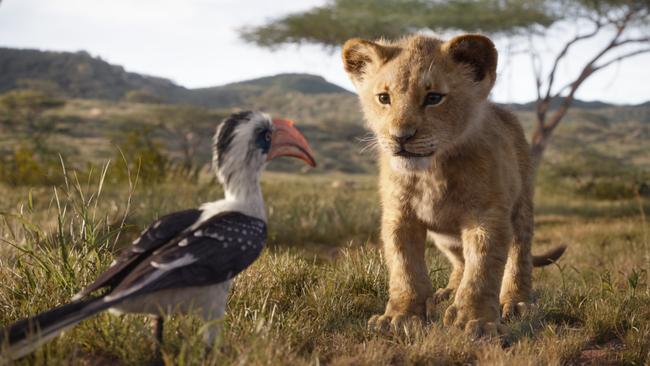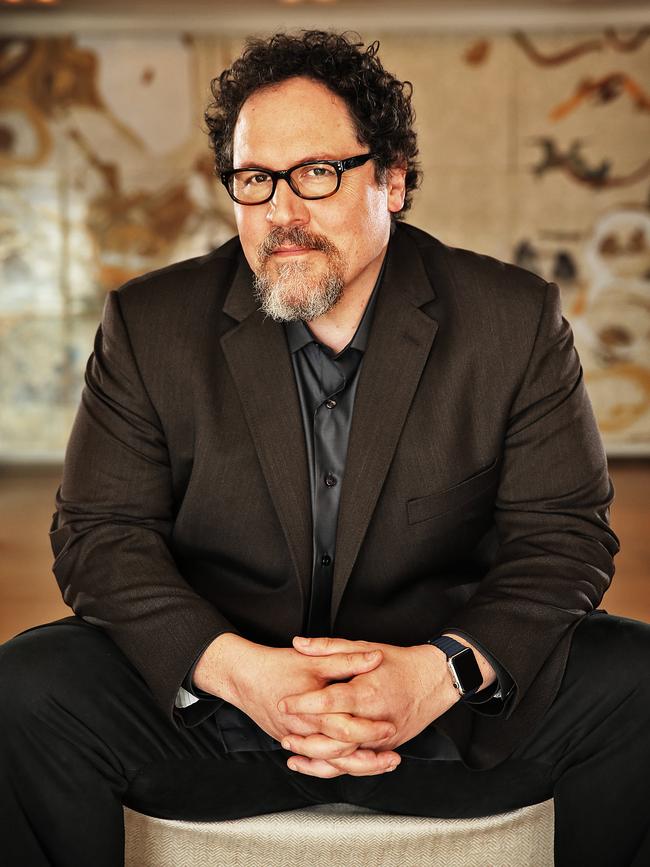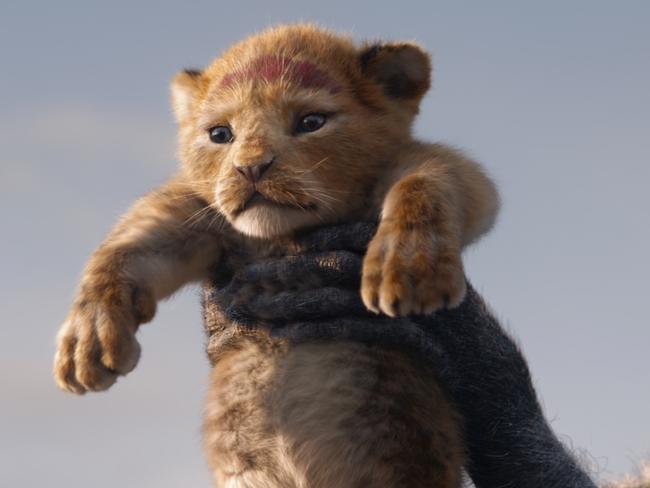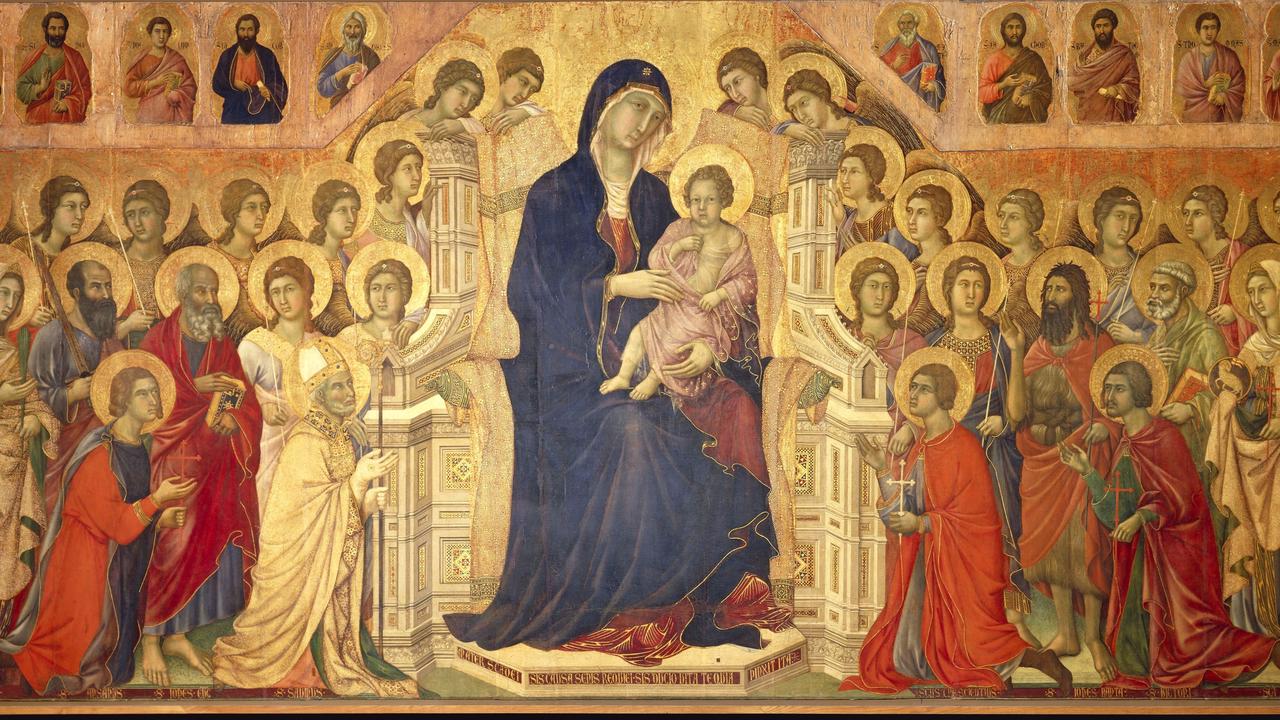Lion King: Back to the savanna
Fresh yet familiar, Hakuna Matata and all, the Lion King remake had to pass the millennial test, says director Jon Favreau.

If you’re going to make a 2019 version of The Lion King, says director Jon Favreau, you better get it right. That means making it feel fresh, yet not too different — even when you are employing innovative virtual reality technology in a way that’s never been done before, you have to remember the 1994 animation that started it all. And when you’re wondering if you’ve gone too far, there’s only one thing to do: ask a millennial.
“The Lion King is what the millennials grew up with, watching it over and over again,” he says, “so you had to be very respectful of the film that came before.”
Favreau is the director of a Lion King that looks hyper-real, yet contains no live-action footage. He has made use of what he has described as “a multiplayer VR filmmaking game” built “just for the purposes of making this movie”.

Yet it had to make use of elements that were part of the original. The music — the score by Hans Zimmer, the songs by Tim Rice and Elton John — is at the heart of The Lion King, Favreau says. “That’s the overriding emotional thread to the whole piece. The visuals are very important, the voices are very important, but honestly, if you just saw the story unfold and heard the orchestra playing and the voices singing, it would deliver so much of what you remember of the original.”
Favreau is an actor and filmmaker whose directing credits include Elf, Iron Man, Chef and The Jungle Book. Talking about what he could and couldn’t change in The Lion King, he mentions something he initially thought he would be able to add to the story. The cub Simba, heir to the throne, is tricked by his fiendish uncle Scar into assuming that he’s responsible for the death of his father, King Mufasa. Simba flees in guilt, and grows up far away from his family. Favreau wondered if it would be feasible to explore what happened to Simba during exile. Could the new film show that? “It was my first instinct, let’s go deeper and explore his childhood and upbringing,” Favreau says. “And we even designed Simbas that were of intermediate age.”

In the end, he says, that couldn’t happen: it failed the millennial test. There’s a song called Hakuna Matata that the young exiled Simba sings with his new friends, Pumbaa the warthog and Timon the meerkat: during this song, the transition from cub to young lion takes place. “In the old movie it goes from them singing Hakuna Matata in silhouette, walking along a log, and then a little bit bigger, and then a little bit bigger, and then in the middle of the song, he’s the older Simba. And we couldn’t change it,” Favreau says. “That’s what was good about having millennials on the movie. They’d just look at it, and they’d go, nope. Nope. And they’d walk out.” The test wasn’t confined to those working on the film, he adds. “We trusted the young people. We did it with the person who was getting coffee for the crew. We’d sit him in the theatre and we’d show him what we were working on.
“They would be very forthright with their opinions, they were very protective. We even had a shot once where in Circle of Life, Pride Rock” — a central rock formation that’s home to the royal lions — “was coming from the left and poking out to the right, and it looked cool. Caleb [Deschanel, the cinematographer] loved the lighting and the look. And the young people, they all raised their hands and said: you can’t do that, it goes the other way. There were things that we could not change.”
Another example, he says, is the song Be Prepared, sung by Scar. “There was a lot of discussion of not including it. But I would have lost my entire crew. They would have walked out.” There were some changes to the number, however. “The old version of Be Prepared didn’t work for the movie, so Rice had to write new lyrics to fit with our version of the film. We were able to incorporate this by adjusting not the chorus that everybody knows so well, but the lyrics within the verses.” Sometimes it’s a matter of being strategic. “There are a myriad little things that you’re adjusting to make it invisible that you’re changing anything.”
Bringing in new voice actors — including Donald Glover, Beyonce, Chiwetel Ejiofor, Seth Rogen and Billy Eichner — is a change Lion King fans were likely to understand and be excited by. The return of James Earl Jones as King Mufasa is a feature of the 1994 version that has been universally welcomed.
Bringing these new characterisations — any performance elements, in fact — into a world of photoreal images posed challenges, Favreau says. “That’s the difficulty, that’s the question, that’s what kept me up nights for three years. If you push it too far and allow the animals to have too much human expression, it breaks it. It changes it.”
The 1995 Australian film Babe, he says, gave him some pointers. “In Babe, there was tremendous emotion, there was tremendous humour and performance. It was the early days of CGI, and they used a real pig, and made the pig’s mouth move. How come I’m feeling so much emotion for that pig? It wasn’t that the pig was making faces. It was the way that pig moved around, the way it was edited, the voice performance.” He also watched hours of BBC nature documentaries, he says, to observe their techniques.
Animation can embrace stylisation and absurdity, but the verisimilitude of the new movie doesn’t allow for that — not visually, at any rate. So when you wanted to be faithful to visual aspects of the original, he suggests, he sometimes had to find equivalence or essence. Rafiki, the wise baboon who gets around with a stick in the animated version, couldn’t do this in Favreau’s version, he says. “It broke the movie. So we developed a walk cycle and a cadence where he uses one of his forearms and he has the same gait as Rafiki in the old movie, except that he uses his knuckles.”
The clifftop confrontation between Scar and Mufasa couldn’t be depicted exactly as it was in the animated version. What you had to retain, Favreau says, was an essential dramatic element. “You have to have Scar looking down into Mufasa’s eyes.”
You couldn’t have a Busby Berkeley moment in a musical number: instead, you had to find “the visual dynamic of the original film” and represent it in a more realistic yet imaginative way. “Those are indelible images, so we had to find a way for them to work in the real world.”
When it came to recording his voice actors, Favreau steered away from the traditional approach of putting individual actors in soundproof booths, behind a music stand. “That’s not anything like the organic quality of being on set together and improvising, or overlapping each other, or working off the energy of the other scene partner,” he says. “So I tried to emulate basically what a theatre rehearsal would feel like. We had a black box theatre, the actors were miked, we tried not to have them behind music stands, and if we could get them all together we would put them on their feet, with boom mikes, as you would on a live-action film set, and let them hold their script in their hand like a theatre rehearsal, and let them improv.”
This was particularly the case with the comic figures of Timon and Pumbaa (played in the original by Ernie Sabella and Nathan Lane, riffing on the rapport they’d built up doing Guys and Dolls on Broadway). For the new Timon and Pumbaa (voiced by Eichner and Rogen), a different comic underpinning had to be found. “There we were, trying to create a whole new set of characters that served the same purpose,” Favreau says, but there were limitations. “With a warthog, at most you can make them blink. And a meerkat doesn’t have much of an expression either. So everything has to be articulated through the physicality, the voices, and the improvisations between them. Billy and Seth must have recorded half a dozen times”, responding to the visualisations. “Those were very treacherous waters for us creatively, for which we all felt a tremendous sense of responsibility.”

While he was working on The Lion King, Favreau also made a Netflix series, The Chef Show, a project he regards as a kind of sequel to his 2014 feature Chef. He wrote and directed it, as well as playing a successful gourmet chef who walks away from his profession, then rediscovers his life and his love of cooking as a food truck operator. “I didn’t want to make a sequel to Chef, I felt it stood alone.” The Chef Show is a cooking program that reunites Favreau in the kitchen with Roy Choi, who taught him the skills he needed for the movie.
The Lion King was quite a contrast to The Chef Show. “I was kind of making it on the weekends. The Lion King is all about planning, about painting one tile of the mosaic at a time. It’s this tireless effort where you don’t get a lot of immediate gratification. It’s something where you have to wait three years until an audience sees it to know if you’ve succeeded or failed. Whereas cooking with a group of people, it’s instant gratification, you get to eat it right after you’re done.” In other ways, Favreau says, cooking “is something that speaks to mindfulness and what contributes to any artistic endeavour. It’s learning skills, finding people who can teach you, and bonding through that shared passion.”
The Lion Kingopens on Thursday.
The Chef Showscreens on Netflix.


